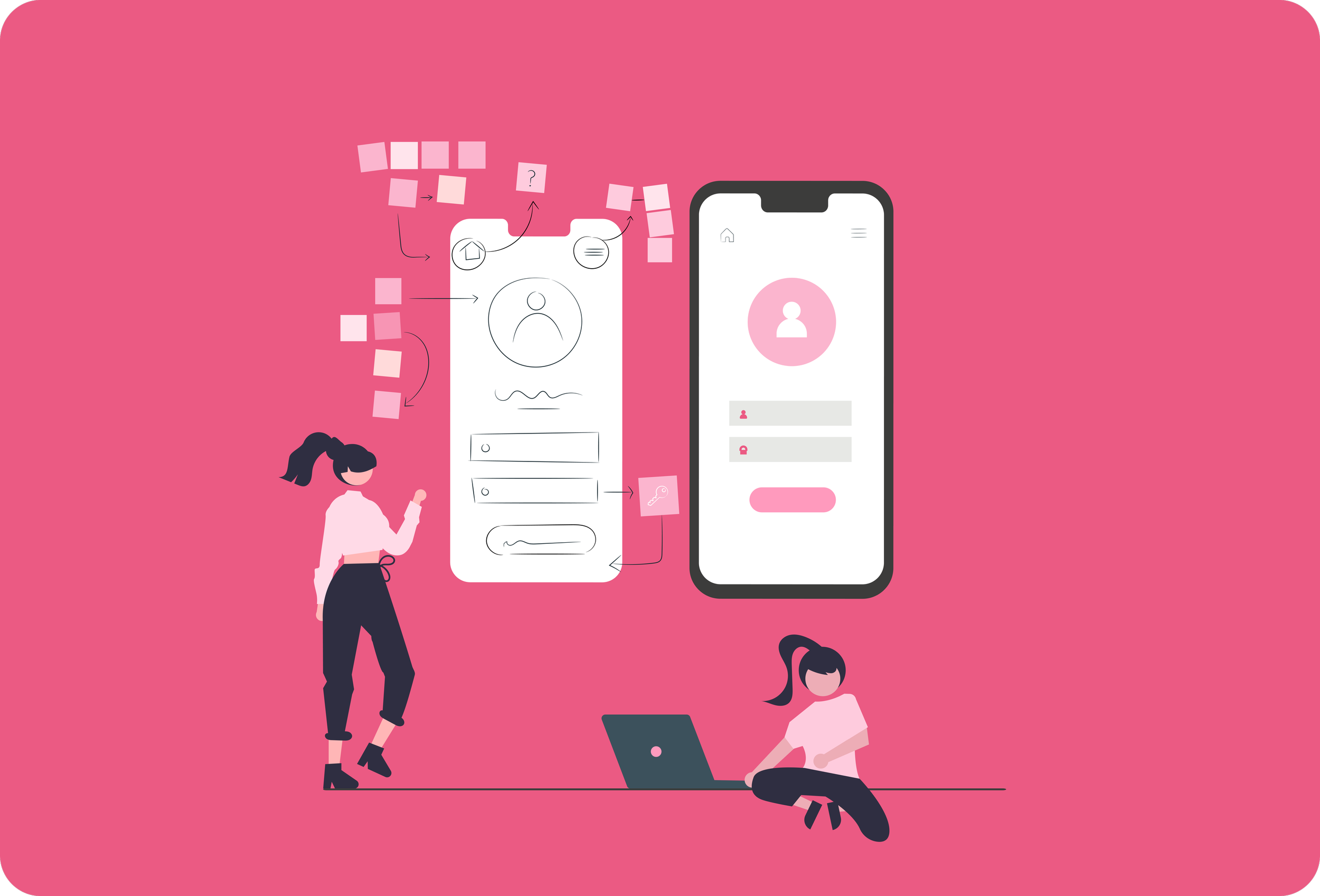Turning Ideas into Reality
Building a product from zero can be scary, but any idea is possible with the right team, strategy and an open mind. Before betting all your savings into a shot in the dark, you should invest just enough to get an interesting, simple product out there. Then, based on the market’s response, you add more complex, personalized layers that best fit consumers needs, increasing your chances of success.
This way of thinking about product development is called MVP, or Minimum Viable Product, an approach that understands your risk, putting learning –not your money– at the center of the table.
When it comes to MVP, many people confuse underdevelopment with simplicity. Saving resources under this approach means building a product that accomplishes its purpose in the simplest way possible, but still looks good and attracts consumers. This way, you get to test your idea before you make it any more complicated than it needs to be. Here is how it works:
Pick your team. You will need at least four people to get that idea up and running: a Product Manager (aka a PM), a Business Analyst (aka a BA), a Developer (aka a Dev), and a Quality Assurance person (aka a QA). If you already have a structure, you could also work with a marketing manager and a UX, who will help you stay on top of consumers’ needs and responses when navigating your product.
Learn from others. To know if your product will succeed, you need to understand the market. Take your time to map it out: What are existing products not doing well? What are they doing well? What are people complaining about on your competitors’ Google reviews? What is something that would make all consumers' lives that much easier? Use your idea to improve good things and fill any gaps that are still out there.
Once all that data is collected, the Analyst will work on understanding what the product should have. They will then share what they learn with the Manager, who will draw a development roadmap with all the steps necessary to get those requirements in.
Build the Product. The Manager will start by outlining everything the product needs to have and mapping the steps to get there. They will then communicate that vision to the team, planning deliveries and delegating tasks.
Developers will literally build the product with all the features it should contain. Keep in mind that they are working under MVP, so the product will be simple, but useful and effective.
Then, the prototype will be tested from the inside out to make sure it accomplishes its objective, it includes all the features it’s supposed to have, and those features work well and make sense. The testing also helps identify what are the work priorities for the next round of development: depending on the errors the team finds, the development roadmap has to be adjusted to improve product quality and reassess the time to market.
Finally, the Manager will check in with the team at every step of the way to make sure the process is flowing as it should and the product has good quality and meets market expectations. If any of those aren’t true, they will adjust the strategy to keep everyone on track.
This process will repeat over and over until the team has a solid, decent product in their hands. Then, they will launch it.
Turn your Idea into a Lasting Reality. Time to do a lot of listening and learning. If your clients responded well to your simple product, you know you have a good chance of success. From now on, your team will work based on what clients show they need or want to see, making those changes come true.
The Manager will be responsible for keeping track of consumers’ responses, setting new goals for the product and planning everyone’s work accordingly.
The Analyst will understand which outcomes are necessary to fulfill the expectations set by the Manager and communicate that to the QA.
The QA will test the Developer’s work, who, in turn will develop the new features and adjust them based on the QA’s findings.
At this point, you will have a working, interesting product that does what the market needs. To make it last, you will need to keep that learning process going, repeating it forever and always.
MVP is the first step to a long road. As you get more customers, you will be able to grow your team, add complex features, create new versions or even come up with better products. Remember: don’t rush! Focus on improving what you have. The market will tell you when it’s ready for more.
If you need help in any step of the way, we are here for you! Vinoly is a fully remote team that specializes in Project and Product Management delivery operations. Don’t hesitate to contact us at hello@vinoly.tech.

